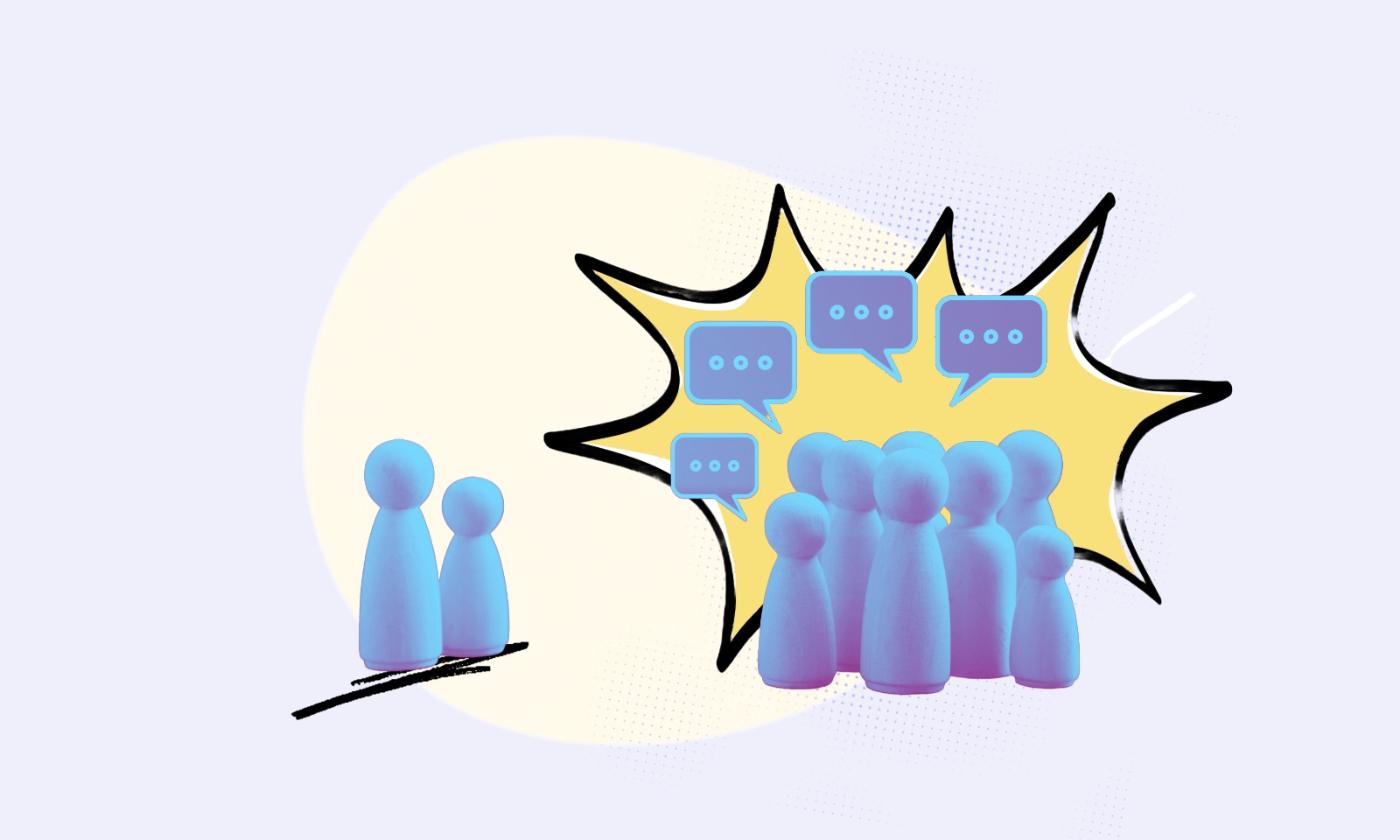Oct 20, 2023
Marketing
3
min read

Peter Lambrou
,
Sitecore Optimisation Consultant MVP Strategist
One approach you can use is to create a customer journey map.
Do you know your customers?
You might think you know your customers. You may have considered all the factors of their online interactions, from awareness to purchase. But there'll always be a curveball of some kind that will bring home how unpredictable people are.
So how can you mitigate this and offer a positive experience that leads to conversions?
It's impossible to predict the customer journey with 100% accuracy – not to mention that every individual customer’s journey is unique. But you can make it as good as you can by journey mapping.
In this article, we'll guide you on some key elements to consider when creating a customer journey map and explore the potential pitfalls of neglecting this approach.
Before we dive in, let us clarify what a customer journey is.
What is a customer journey?
The customer journey is a series of visitor interactions taking place with the products or services to solve their problem or meet their need.
The journey spans the entire experience. For example - Awareness, Consideration, Decision, Retention, Loyalty.
In our article 'What are the stages of journey mapping' we highlighted the important steps to follow when making a journey map. This includes defining goals, user research, creating customer profiles, and determining touchpoints.
Understanding UX in customer journey mapping
Over 80% of customers consider their experience as a key differentiator, and as important as the product or service on offer. That's why getting the journey right is imperative.
One key element to achieving positive results in your customer journey is the User Experience or UX.
Your UX journey map must represent how your target audience interacts with your digital assets during their journey through micro and macro conversions. For example, are they seeing the right content at the right time and making the decision you hope they'll make?
This experience can be achieved by personalisation, like displaying a contextual call-to-action. For example, a call-to-action prompts the user to sign up for a demo or, the call-to-action is only shown if the user performs specific actions.
Usability testing in a Usability Lab is also a great way to really dive into the intricacies of user behaviour. This plays a crucial role in improving the user experience. It also increases user satisfaction and helps achieve your business goals.
There are also customer journey map templates you can consider when planning to build an effective journey map.
Current state: This is the state of the customer journey today.
A day in the life: What actions, thoughts and emotions do your customers currently experience in their day-to-day lives?
Future state: What do future interactions with your company look like?
A blueprint: These are simplified versions of the above maps with layers of the factors responsible for delivering that experience.
Overcoming customer journey obstacles
On the face of it, customer journey mapping sounds simple. But there are a lot of obstacles. Creating a visual representation of the journey map allows you to include any customer pain points. These need to be overcome as the customer traverses through the digital pathways you create.
For example, exposure to things like competitor ads, reviews, and other touchpoints throw up a multitude of 'external temptations' which your prospective customers will be exposed to.
Although you can't stop these external factors, you can design a customer journey that limits exposure. For example, directing users to a dedicated landing page via an organic search.
Effective mapping not only makes life easier for your audience, it also allows your internal teams to understand, visualise, and gain valuable insights into each stage of the process. Your teams can also guide you on aspects that will decrease friction and make the journey more positive for your prospective customers.
It is important not to lose sight of key drivers like the buying process, customer emotions, actions, research, and solutions, as these will influence the trajectory of the customer journey.
It is about the customer journey data
Although mapping the customer journey is designed to deliver the best possible outcome with the least resistance, its complexities mean it isn't an exact science. As such, data is key.
Understanding how your customers experience their journeys is essential in identifying bottlenecks which could make them turn to your competitors.
Use quantitative and qualitative data, be it from touchpoints, reviews, research, or market trends, adapting with iterative changes to give the conditions for ongoing success.
Do not neglect customer journey mapping
While creating an effective customer journey map takes up time and effort, the consequences of neglecting this crucial process can be detrimental to your business. Below are some negative outcomes that you really must avoid.
Decreased customer satisfaction: Without understanding the customer journey, you risk leaving users frustrated and dissatisfied. Unresolved pain points and bad customer service can lead to increased churn and negative reviews.
Missed growth opportunities: You might overlook opportunities for upselling, cross-selling, or expanding your product offerings to meet customer needs. You don’t want to be missing valuable insights.
Inefficient resource allocation: Without a clear understanding of your potential customers, you may allocate resources ineffectively. This can lead to wasted time and money on initiatives that don't align with user needs or your business objectives.
Competitive disadvantage: If you don't prioritise customer experience you will not gain a competitive edge. Don't put your business at a disadvantage compared to your competitors who invest in understanding and improving the user journey.
Brand damage: How customers interact with your brand is vital. A poor user experience can damage your brand's reputation. Negative word-of-mouth can spread quickly, impacting your business's credibility and trustworthiness. This can be hard to reverse.
Working with Codehouse
At Codehouse, our Product Development team will help you build an effective customer journey map that will provide valuable insights to enhance user satisfaction, help you make informed decisions, and stay competitive.
Get in touch to find out more.








